What is Eid al-Adha, the most important holiday in the Islamic calendar?
Also known as Eid al-Kabir, as distinct from the small Eid, Eid al-Fitr is one of the most important Islamic holidays celebrated by Muslims around the world. Its importance lies in its religious, cultural and spiritual meanings in Islamic traditions. In this article we talk about this holiday and why it occupies a special place in Islamic traditions.
Show key points
- Eid al-Adha commemorates the profound faith and obedience of Prophet Abraham and his son Ishmael, who both submitted to God's command with unwavering devotion.
- The holiday emphasizes the spiritual meaning of sacrifice, encouraging Muslims to give up what they value for the sake of divine obedience.
- Gratitude for God's blessings is central to Eid al-Adha, with the tradition of animal sacrifice and charitable meat distribution highlighting humility and thankfulness.
- ADVERTISEMENT
- Aligned with the pilgrimage to Mecca, Eid al-Adha marks the spiritual climax of Hajj, fostering global Muslim unity through shared religious rites.
- The holiday promotes acts of generosity and compassion, encouraging the community to care for the needy by sharing sacrificial meat.
- Eid al-Adha is a joyous time for family and community bonding, marked by prayers, festive gatherings, gifts for children, and cultural traditions.
- Observed on the 10th day of Dhu al-Hijjah and lasting four days, its date changes yearly due to differences between the Islamic and Gregorian calendars.
1- Commemoration of obedience to the Prophet Abraham:
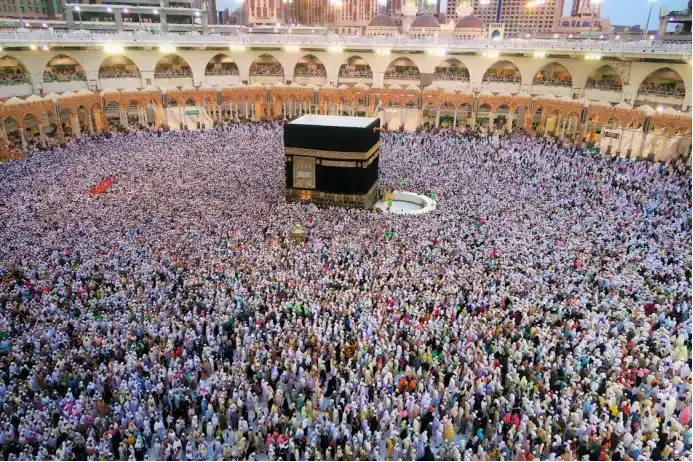
Eid al-Adha commemorates the willingness of the Prophet Abraham to sacrifice his son Ishmael in obedience to the command of his Lord. According to Islamic doctrine, when Abraham was about to sacrifice his son, but the Lord of the Worlds honored them and inspired Abraham to offer a ram as an alternative sacrifice. Abraham's willingness to sacrifice his beloved son Ishmael signifies his complete surrender to God's will, even in the face of great personal sacrifice, and symbolizes his firm faith. This story is a powerful example of complete faith and trust in Providence, inspiring Muslims to emulate Abraham's devotion in their private lives. Here we must not forget the obedience of God's prophet Ishmael, who asked his father to do what he commanded, that is, he too accepted to sacrifice himself in order to carry out God's command. The celebration of Eid al-Adha is also a celebration of Ismail's survival.
Recommend
2- Thinking about sacrifice:
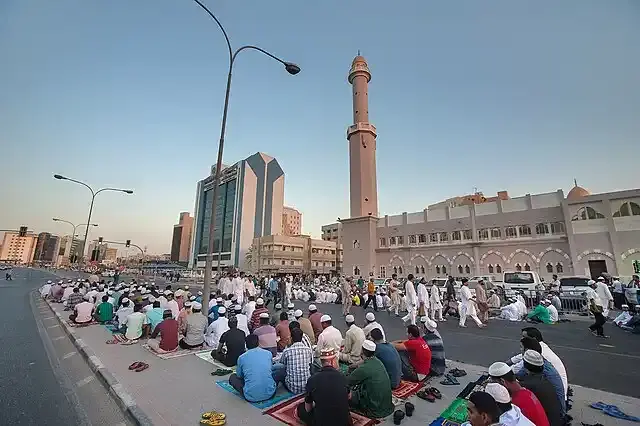
Eid al-Adha encourages Muslims to think about the concept of sacrifice and its spiritual significance. The sacrifice of an animal during Eid al-Adha symbolizes the willingness to give up something of value for the sake of Allah. It serves as a reminder that true devotion requires selflessness and a willingness to make sacrifices as an offering to the Lord of the worlds and in fulfillment of divine commandments.
3- Thanking the blessings:

Eid al-Adha is a time when Muslims express their gratitude for the blessings that God has bestowed on them. By slaughtering an animal and sharing its meat with others, Muslims recognize God's generosity and sustenance, as well as their dependence on His mercy and sustenance. This act of thanksgiving fosters a sense of humility, appreciation, and awareness of God's benevolence.
4- Pilgrimage to the Sacred House of Allah:
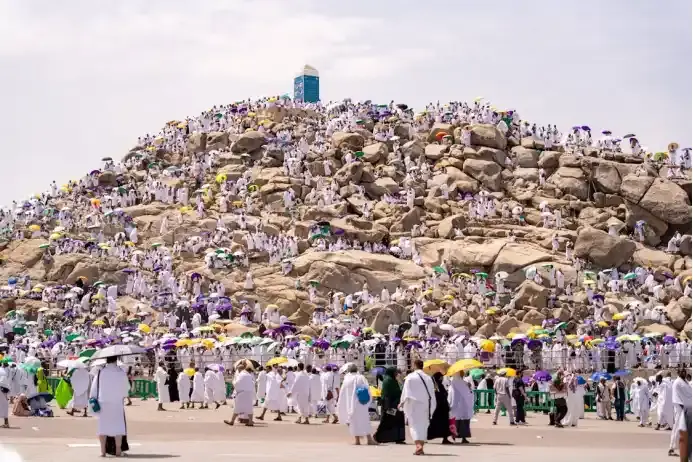
Eid al-Adha coincides with the climax of the annual pilgrimage to Mecca, one of the five pillars of Islam, where millions of Muslims from around the world gather in Mecca to perform religious rites, including circumambulating the Kaaba, standing on Mount Arafat, seeking between Safa and Marwa, offering sacrifices, and throwing the Jamaar that symbolizes the stoning of the devil who tried to dissuade Ibrahim from obeying his Lord, throwing pebbles at him. Eid al-Adha marks the conclusion of the Hajj and is also celebrated by Muslims who do not perform the Hajj.
Eid al-Adha offers Muslims an opportunity for spiritual renewal and recommitment to their faith. This feast reinforces the importance of spiritual purification, repentance and seeking forgiveness from God. Muslims engage in acts of worship, such as Eid prayers, followed by the Eid sermon, recitation of Quranic verses, and supplications, to strengthen their attachment to God and deepen their faith.
5- Acts of charity and generosity:
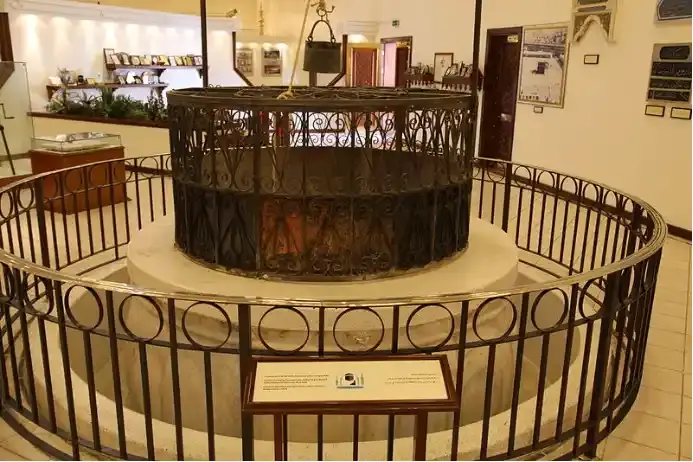
Eid al-Adha emphasizes the importance of compassion, charity and sharing with those in need. Muslims are encouraged to distribute meat from sacrifices (known as sacrifices) to the least fortunate, including relatives, neighbors, and the poor. This philanthropy strengthens bonds within the community and ensures that everyone participates in this happy occasion.
6- Meeting with family and friends:
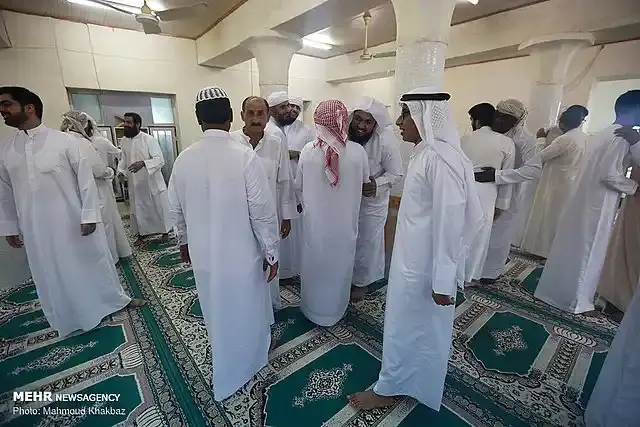
Eid al-Adha is the time when Muslims gather with family, friends and fellow believers to celebrate and worship. This festive atmosphere fosters a sense of unity, solidarity, spiritual renewal and brotherhood among Muslims of all backgrounds, and around the world. Regardless of differences in language, culture, or nationality, Muslims come together to celebrate the shared values and principles of their faith. People wear the best clothes, and the streets, lanes and houses are decorated in preparation for receiving pilgrims. On the other hand, Eid is a favorite time for children, when they get sweets, delicious food, gifts in kind and cash. The families of the pilgrims accept congratulations and blessings on the pilgrimage of their relatives, and everyone exchanges wishes for the opportunity of Hajj the following year.
Eid al-Adha does not end with the end of Eid but extends beyond the return of pilgrims from the Holy Land, where they gather with their acquaintances and tell them the stories of the pilgrimage.
Eid al-Adha falls on the tenth day of the month of Dhu al-Hijjah of the Hijri calendar, and lasts four days. However, a different date falls on each year, due to the different number of days of the Hijri and Gregorian years. The following table shows the date of Eid al-Adha according to the Gregorian calendar for the coming years:
The year 2039 is also expected to see two holidays, the first in January, and the other in December. This situation recurs once every 32 or 33 years (e.g. in 2007 and 1994).
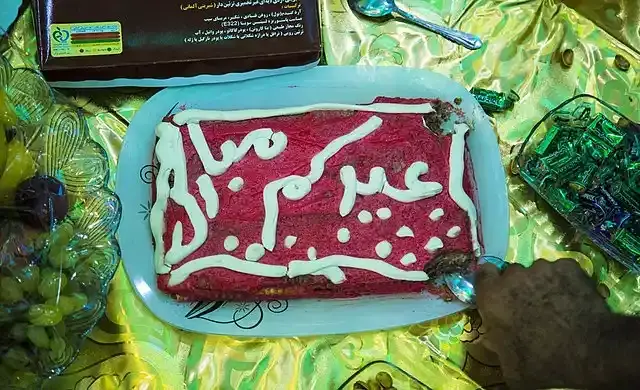
Eid al-Adha has great significance in Islamic tradition as a time of spiritual reflection, collective worship and acts of charity. It serves as a reminder of the devotion of Prophet Abraham and Prophet Ishmael to God, and of the enduring values of sacrifice, submission, and mercy in Islam. Its spiritual significance is deeply rooted in Islamic beliefs and practices, and lies in its ability to inspire Muslims to embody the values of faith, obedience, thanksgiving and sacrifice in their lives. Through acts of devotion, meditation, and collective worship, Muslims seek to deepen their spiritual relationship with God and strengthen their commitment to living a righteous and virtuous life.








